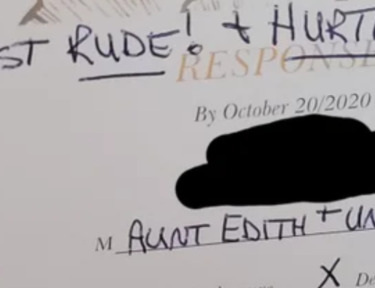This is Why the Cabin Crew Keeps Their Arms Behind Their Backs When Greeting You
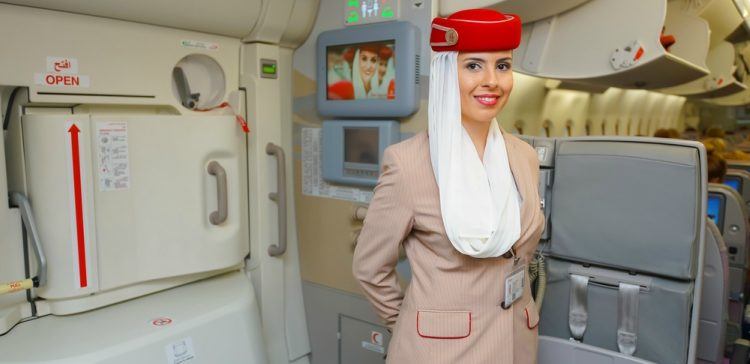 teamtime via Deposit Photos
teamtime via Deposit PhotosImagine, for a moment, that you’re about to take the vacation of your dreams, and you’re flying to get there. Then picture yourself happily boarding the plane, being greeted by a friendly and helpful flight attendant. Now tell us— where are the flight attendant’s arms?
We know, it seems like an odd question. Most likely, whenever you’ve flown in the past, you’ve probably paid more attention to the cabin crew’s faces— and to the in-flight beverages and snacks they bring to you! If you’ve ever made note of their arms and hands, it was probably during the safety demonstration. (At least, we hope you pay attention to that part!) But if you start paying attention at other times, you might notice something a little odd: their arms are often behind their back.
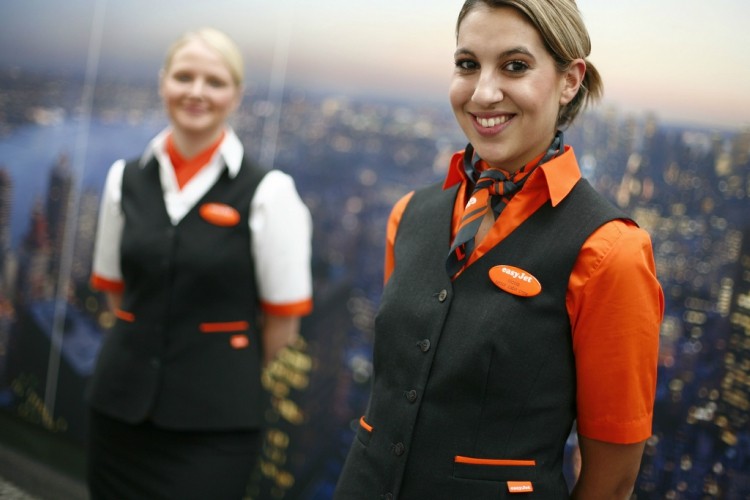 SuckTheButton via Flickr
SuckTheButton via FlickrIt’s not a posture they only adopt during the boarding process, either. At the beginning of the flight, you might also notice the members of the cabin crew walking up and down the aisles in the same position, with their arms carefully behind their backs. Since it doesn’t seem like the most natural or the most comfortable walking position, we had to wonder why it was happening!
Complicating the mystery? the fact that not all the flight attendants stand or walk this way. After all, if you think back again to your boarding experience, there are plenty of crew members walking about using their hands, making room in the overhead bins, assisting passengers, and generally prepping the plane for take-off. So the hands-behind-the-back thing can’t be about propriety, germaphobia, appearing calm and/or friendly, or anything like that.
So is our wondering making much ado about nothing? Nope! Turns out, that flight attendant standing at the front or walking the aisles with their hands behind their back is performing a particular, important job: counting.
Yup, counting. Specifically, counting the passengers on the plane to make sure the number entering the airplane matches the number expected in all of the plane’s documentation. The flight attendant tasked with this job usually holds a manual clicker counter, allowing them to keep a more accurate count of the plane’s passengers, which can range from as low as 100 on regional flights to over 600 on Airbus airliners.
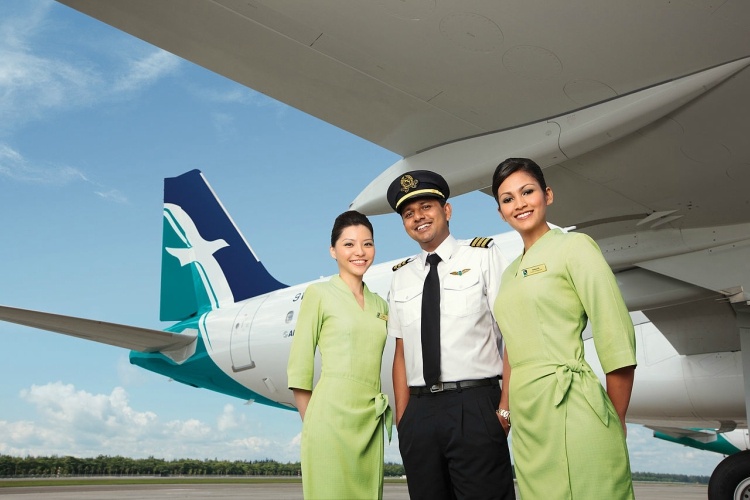 By SilkAir (S) Pte Ltd via Wikimedia Commons
By SilkAir (S) Pte Ltd via Wikimedia CommonsAs for the walk up and down the aisles? That’s simply a second count, once all passengers are seated, to be sure that the number of people who checked in and passed through the gate with a boarding pass matches the number of people actually on the plane.
Sometimes, too, the count is to help determine the weight a plane is carrying, which helps crew know if they need to rearrange cargo or, on much smaller planes, even passengers to ensure safe flights. At other times, when airlines overbook flights, it helps to determine how many people get to board off of the stand-by list.
Why behind the back, though? While methodologies vary from airline to airline, and often from individual to individual, the common consensus seems to be that crew members simply don’t want to draw too much attention to themselves or to their task. Keeping their hands and their counting clicker behind their back makes things more unobtrusive to everybody on board.
So now you tell us— have you ever noticed this behavior before? Did you know the reason for it? Have you ever worked for an airline that used this method? Share with us in the comments!
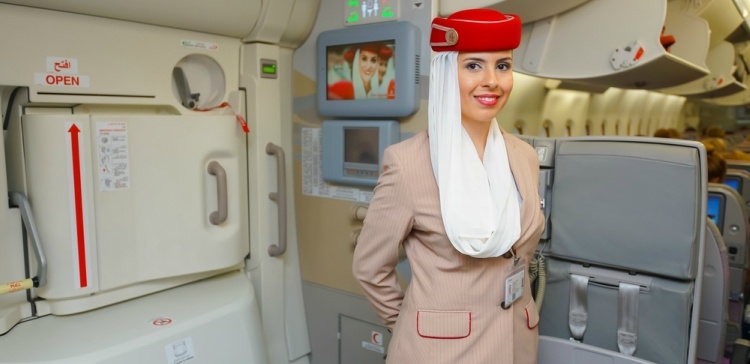 teamtime via Deposit Photos
teamtime via Deposit Photos